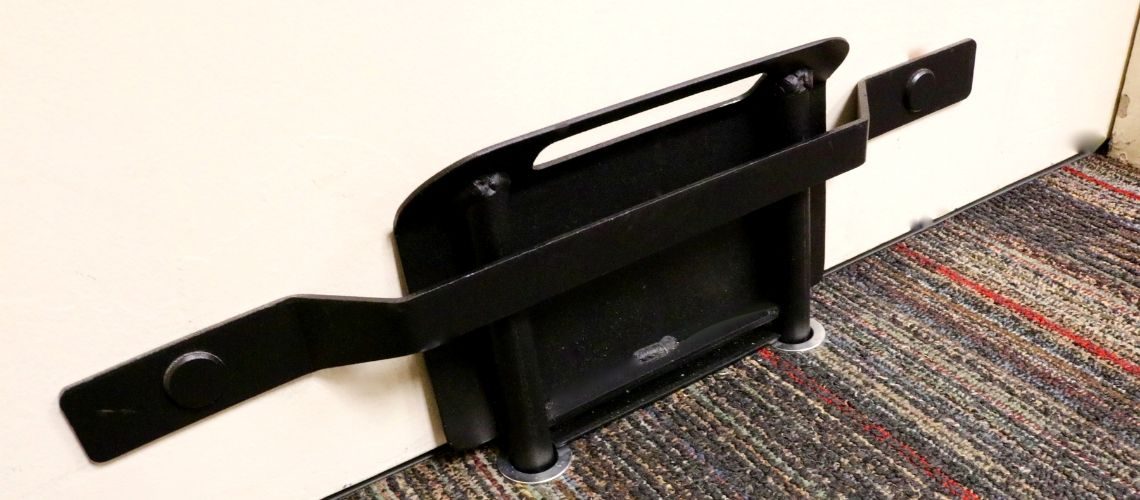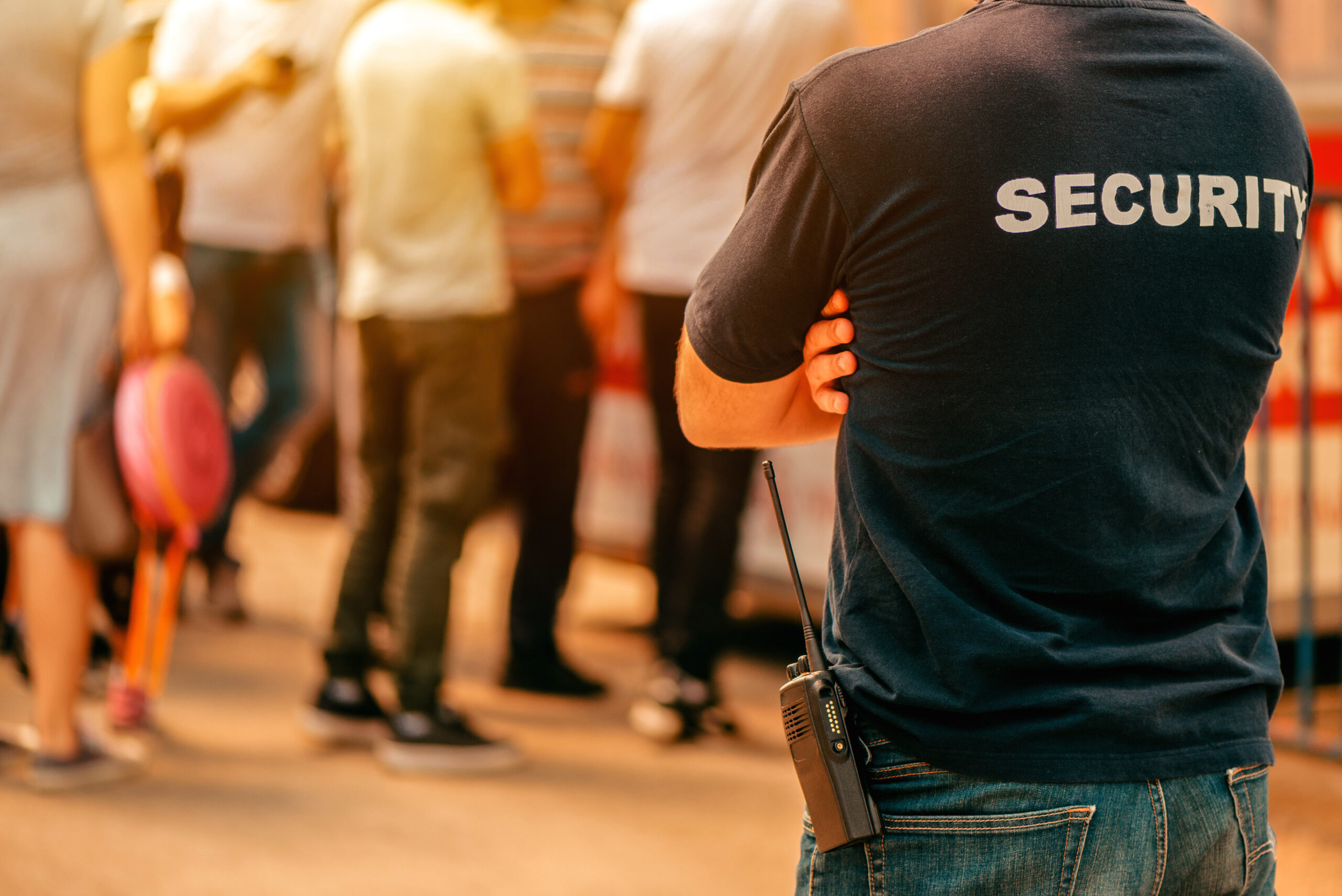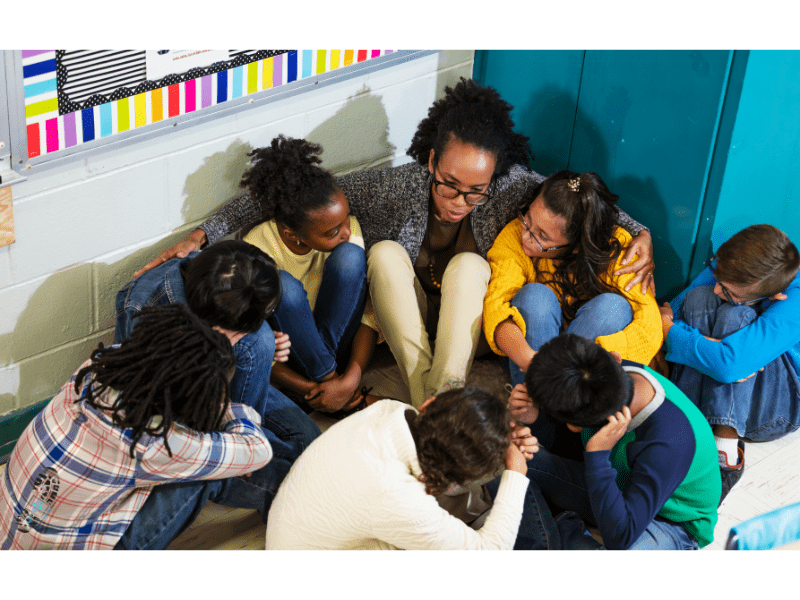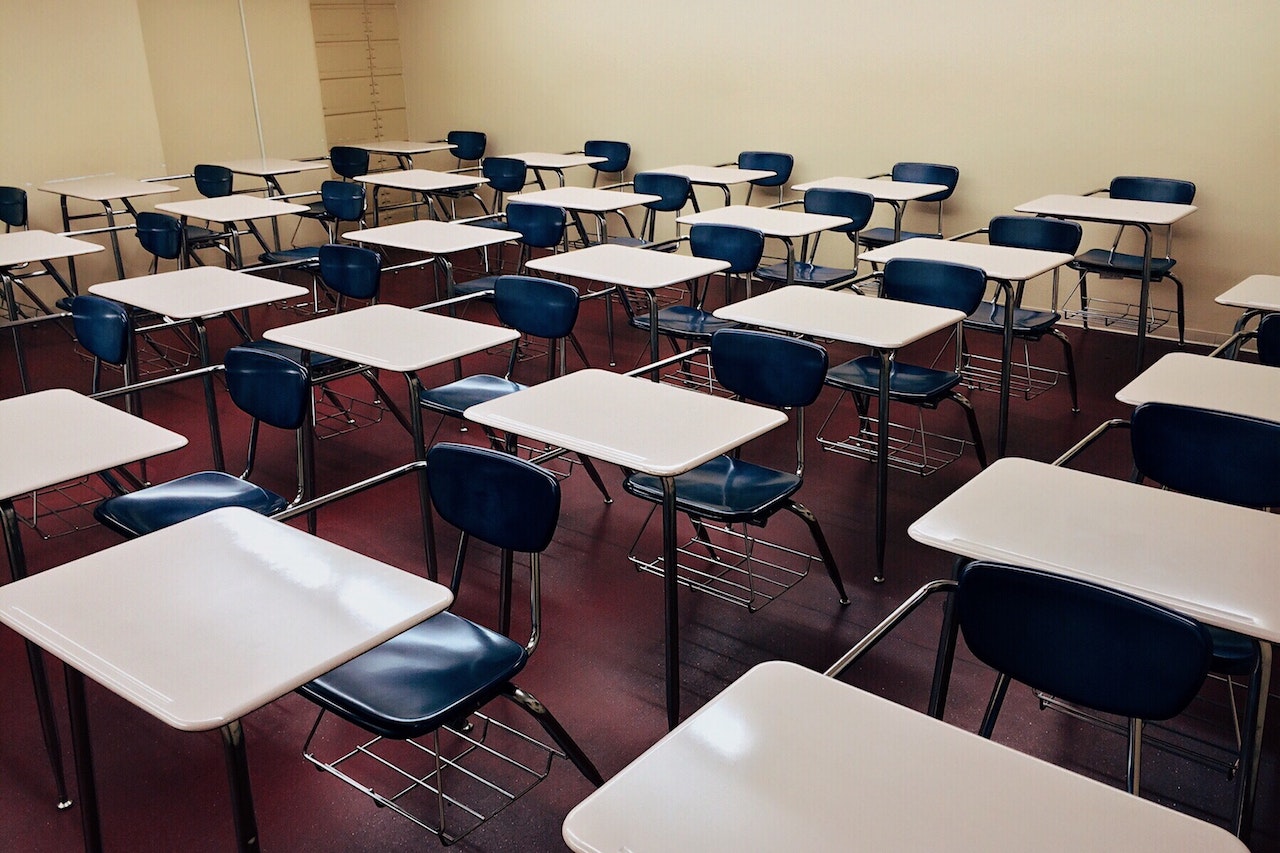An Ongoing Process: Why Lockdown Safety Isn’t a One-Time Investment

You did it, you made it through the planning process, created an effective lockdown plan, implemented a new lockdown system, worked with local law enforcement and first responders to create a strong relationship, trained everyone involved, and built a system you believe will keep safe the people for whom you are responsible. You’re proud, and you should be proud.
You should be proud of your staff for working together to ensure this project got off the ground, of your stakeholders for wanting to make your building a safer place, of the parents involved, if your project was a school or daycare, for supporting the project and bringing up the tough questions, of those you’re system protects for learning, training, and being active in their own safety, and for everyone else involved.
Whether you chose The LockOut Company as your system provider or not, your effort to protect the people for whom you are responsible was a good one. So what’s next? Well, a lot actually. In this article, we’ll break down a few pieces to the continuing effort it takes to maintain a safe building and keep your lockdown system up to date. This is in no way meant to be a comprehensive guide to continuing lockdown safety, and your system provider, as well as law enforcement in your area, codes and regulations, and many other factors, will create nuances that this article simply won’t have time to cover. However, we hope to give an overview of what it takes to continue maintaining and even building on, the safety you have created by deciding to secure your building with a lockdown system.
How Does Your System Work?
First, we need to understand the value of the system we just put in place. Is the system solely comprised of secondary door barricades? Is it a communication system? An automated door locking system? Entrance security? Cameras? A direct link to police or an application that sends immediate warning across a network?
Depending on what was installed, and how it works within the lockdown safety plan, we can start to build what we need for next steps, and continuing steps down the line. We can do this by continuing to ask questions. Do we need to train new stakeholders every X months, or maybe just once a year? How do we best continue our relationship with law enforcement and ensure they understand how we operate? Do we need to maintain an understanding of changing codes (very important with secondary door barricades)? Are there new options available to enhance our system? Are we making changes to our buildings that may affect the efficacy of our plan or system?
Changing Codes
Fire, and other building safety codes change on a regular basis. What was acceptable, and even encouraged one day, may violate codes the next. As mentioned in the previous section, staying up-to-date on code changes, and ensuring your safety plans and lockdown system continue to adhere to these codes, can be the difference between the opportunity to alter your system to keep it within code, or the removal of your system completely, which can come at great cost.
These are just a few questions that need to be asked on a regular basis to ensure that your lockdown system continues to be an effective piece of your safety plan.
System Improvements
At The LockOut Company, we are always trying to improve The LockOut System, and we’re always hopeful that other lockdown system providers are doing the same. Whether it’s adding new physical products, improving our applications, creating better processes, or working with law enforcement to develop better strategies to prevent potential dangers from creating lockdown situations, and better protecting those at risk if a situation does become dangerous, we believe that improving what we do can only help to better protect those for whom we are accountable.
It’s important to check with your system provider periodically to see if they have made improvements, or added new products that may be available to you. It’s also important to be generally aware of all products that may make your building a safer place. Perhaps you could install cameras if you weren’t able to do so the first time around. You may have the opportunity to add products designed to harden the exterior of your building. It may be possible to hire new resource officers, or other security personnel if that is a strategy you employ.
Whatever your system is, it’s important to continue to improve it over time and not rest on the heels of your initial implementation.
Continued Training
How often should training take place for your system? Is once a year enough? Do you have new stakeholders, for example new students, coming in each year? It’s possible, especially if the system is slightly more complex, or has multiple aspects, that training should take place more often.
We recommend training with The LockOut System as often as possible within reason. While the system itself is simple, it’s just as important to train in other aspects of your plan as it is to physically train with the pieces of your system. For example, what routes do building occupants take to get to the nearest safe room? During a training exercise in a school, you may receive feedback that one hallway is not marked as well as others, or your door placards are not as visible. If you train in a place of worship, you may realize that there is chaos when attempting to exit larger congregation areas.
This type of feedback is crucial to improving the effectiveness of your system and is only available through drills and training.
In addition to drills and training within your system, it’s important to understand the new standards for training services like ALICE. By continuously monitoring for new training strategies, you can ensure that your building is always operating under the best available conditions, and the latest safety information.
Keep Doing Your Best
As long as you are actively seeking information to better your lockdown, and overall safety and security, you are taking appropriate steps. As we mentioned before, no system is perfect, no plan is perfect, and no person is perfect, but by always working to improve the state of your safety and security, you are doing the right thing, and are ensuring the best possible environment for those you are responsible for protecting.


